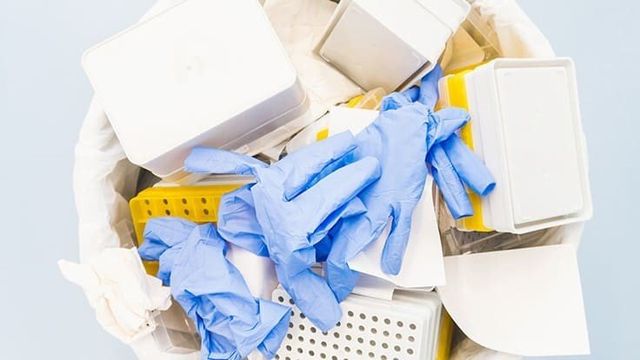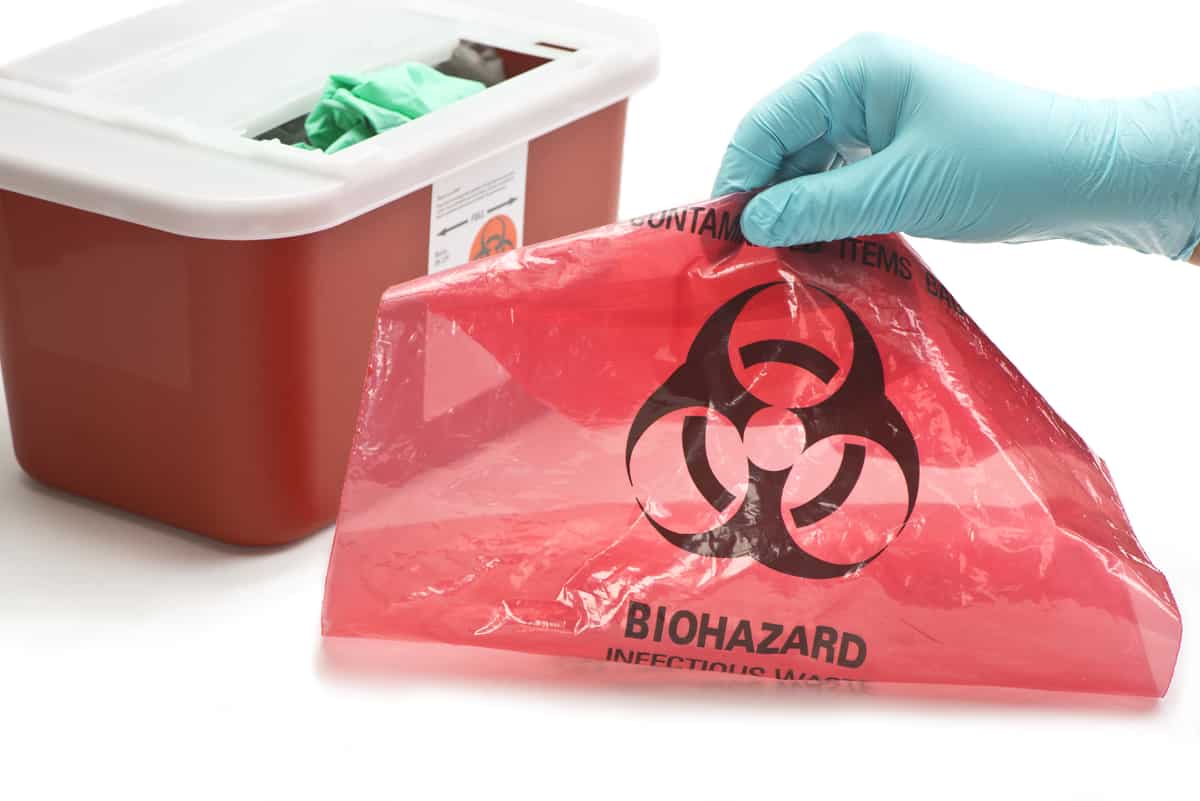Keep Ahead of Regulations: Expert Recommendations on Medical Garbage Disposal
In a globe where the healthcare sector is regularly developing, it is necessary for clinical centers to remain in advance of guidelines when it comes to the appropriate disposal of medical waste. From comprehending the various classifications of medical waste to applying the ideal collection and segregation approaches, this conversation will provide actionable ideas and important understandings to assist centers stay in advance of policies in the ever-changing landscape of clinical waste disposal.
Comprehending Medical Waste Categories
Comprehending clinical waste categories is essential for correct disposal and management in medical care facilities. Medical waste refers to any type of waste generated by health care activities that might pose a hazard to public health or the setting. It is important to categorize clinical waste properly to ensure its risk-free handling, treatment, disposal, and transport.
There are several classifications of clinical waste that health care facilities require to be aware of. The most typical categories include transmittable waste, pathological waste, sharps waste, pharmaceutical waste, and chemical waste. Each category has particular guidelines and laws for its appropriate administration and disposal.
Pathological waste refers to human tissues, body organs, or body components that call for unique handling and disposal. Drug waste makes up ended, unused, or contaminated drugs that need mindful handling and disposal.
Remaining Up-To-Date With Regulatory Adjustments
Remaining present with regulative modifications is important for health care facilities to make sure compliance and correct monitoring of clinical garbage disposal. medical waste removal services. With guidelines regularly evolving, it is necessary for healthcare centers to remain up-to-date to avoid fines, penalties, and possible harm to the environment and public health and wellness
To stay ahead of regulatory changes, medical care facilities should develop a system for tracking and monitoring updates. This can be done by registering for governing newsletters, participating in workshops and conferences, and proactively taking part in industry organizations. Additionally, centers ought to mark a personnel or group accountable for remaining informed and distributing information to pertinent stakeholders.
Regular interaction with regulatory companies is additionally essential. Medical care facilities must establish connections with neighborhood, state, and federal firms to ensure they recognize any type of modifications in policies that might influence their waste administration techniques. This can be done through regular conferences, participation in public comment durations, and proactive interaction with regulative firms.
Furthermore, medical care facilities need to consider partnering with waste management companies that specialize in medical garbage disposal (medical waste disposal services with WasteX). These firms are often well-versed in the current policies and can give support and support to guarantee conformity
Executing Proper Collection and Partition Methods
To properly take care of medical garbage disposal, health care centers must establish proper collection and partition methods in conformity with regulatory standards. Implementing these techniques ensures the risk-free handling and disposal of possibly unsafe products, shields the setting, and lessens the risk of injuries and infections to healthcare workers and the basic public.
Correct collection and segregation techniques entail the usage of assigned containers and labeling systems. Healthcare centers ought to give clearly identified containers for different types of medical waste, such as sharps, contagious waste, pharmaceutical waste, and non-hazardous waste. These containers need to be color-coded and plainly significant to stay clear of complication and advertise very easy recognition.
Furthermore, healthcare centers must train their personnel on the correct procedures for collecting and setting apart medical waste. This includes educating them on the various kinds of waste, the ideal containers to utilize, and the significance of complying with regulations and guidelines. Regular training sessions and refresher programs need to be performed to guarantee that employee remain current on best methods.
Furthermore, healthcare facilities need to establish a system for regular collection and disposal of medical waste. This might involve partnering with accredited waste monitoring companies that specialize in clinical garbage disposal. These companies will certainly make sure that the accumulated waste is moved and taken care of in compliance with regulatory demands.
Selecting the Right Disposal Techniques

Incineration is one of one of the most reliable and common approaches for getting rid of certain sorts of clinical waste, such as pathological waste and sharps. It includes the regulated burning of waste at high temperatures, minimizing it to ash. Incineration can launch dangerous toxins into the air and add to air contamination.

Various other disposal approaches consist of chemical therapy, microwave treatment, and landfilling. Chemical therapy involves making use of chemicals to counteract the waste and decontaminate. Microwave therapy utilizes microwave power to warmth and decontaminate the waste. Landfilling includes burying the waste in an assigned landfill location (medical waste disposal services with WasteX). Nonetheless, landfilling must be the last resource due to the possible risk of contamination to soil and groundwater.
Making Sure Compliance With Documents and Training
After meticulously thinking about the appropriate disposal methods for clinical waste, healthcare centers have to guarantee conformity with policies and decrease ecological impact by carrying out effective documentation and training procedures. This step is essential in maintaining a safe and sustainable setting for both health care workers and the public.

Health care employees that deal with clinical waste ought to obtain appropriate training on waste segregation, handling, and disposal treatments. By giving extensive training, medical care centers can equip their staff to make informed decisions and minimize the danger of incorrect waste disposal.
Conclusion
In verdict, staying ahead of regulations in clinical garbage disposal is crucial for medical care facilities. medical waste removal near me. Understanding the different classifications of medical waste, staying updated use this link with regulative adjustments, executing correct collection and segregation techniques, choosing the appropriate disposal techniques, and making certain conformity through documentation and training are all crucial steps. By following these guidelines, medical care organizations can efficiently handle and get rid of of medical waste in a risk-free and liable manner
From recognizing the different classifications of clinical waste to executing the right collection and partition methods, this conversation will provide beneficial understandings and workable my latest blog post suggestions to help facilities stay in advance of laws in the ever-changing landscape of medical waste disposal. - medical waste disposal services with WasteX
The most common groups include transmittable waste, pathological waste, sharps waste, pharmaceutical waste, and chemical waste. Medical care centers must offer clearly labeled containers for various kinds of medical waste, such as sharps, transmittable waste, pharmaceutical waste, and non-hazardous waste. Healthcare centers need to establish an extensive system to videotape and track all facets of medical waste disposal, consisting of kinds of waste produced, amounts, and disposal techniques utilized. Healthcare employees who handle clinical waste ought to get ideal training on waste partition, taking care of, and disposal treatments.